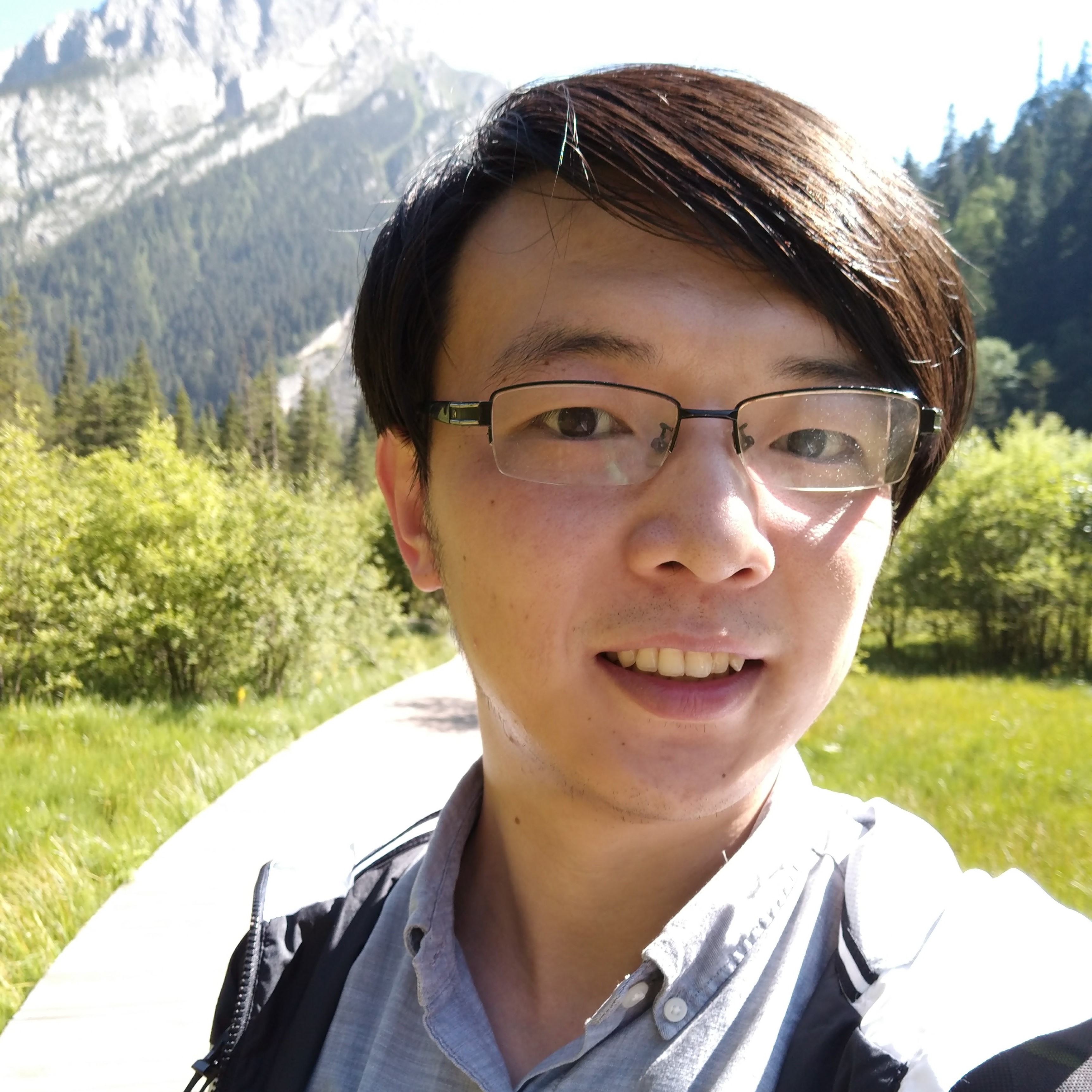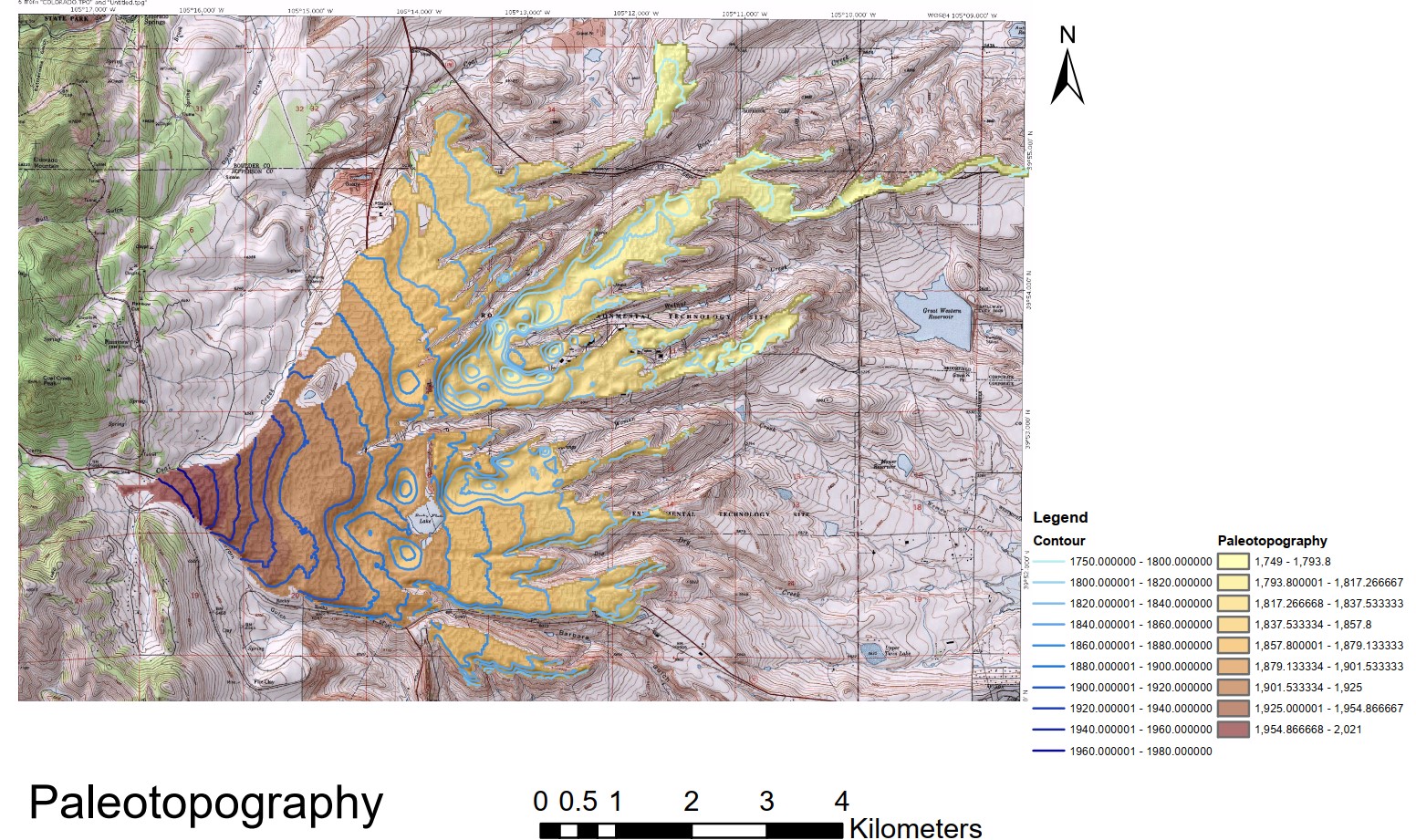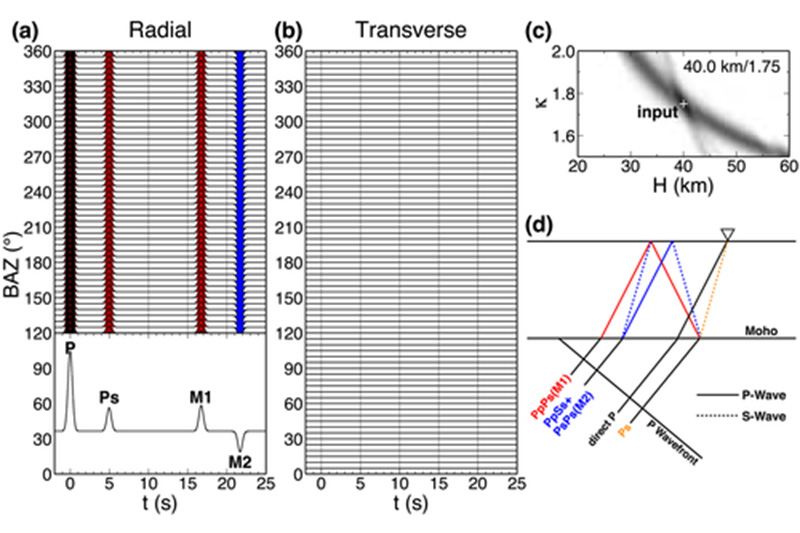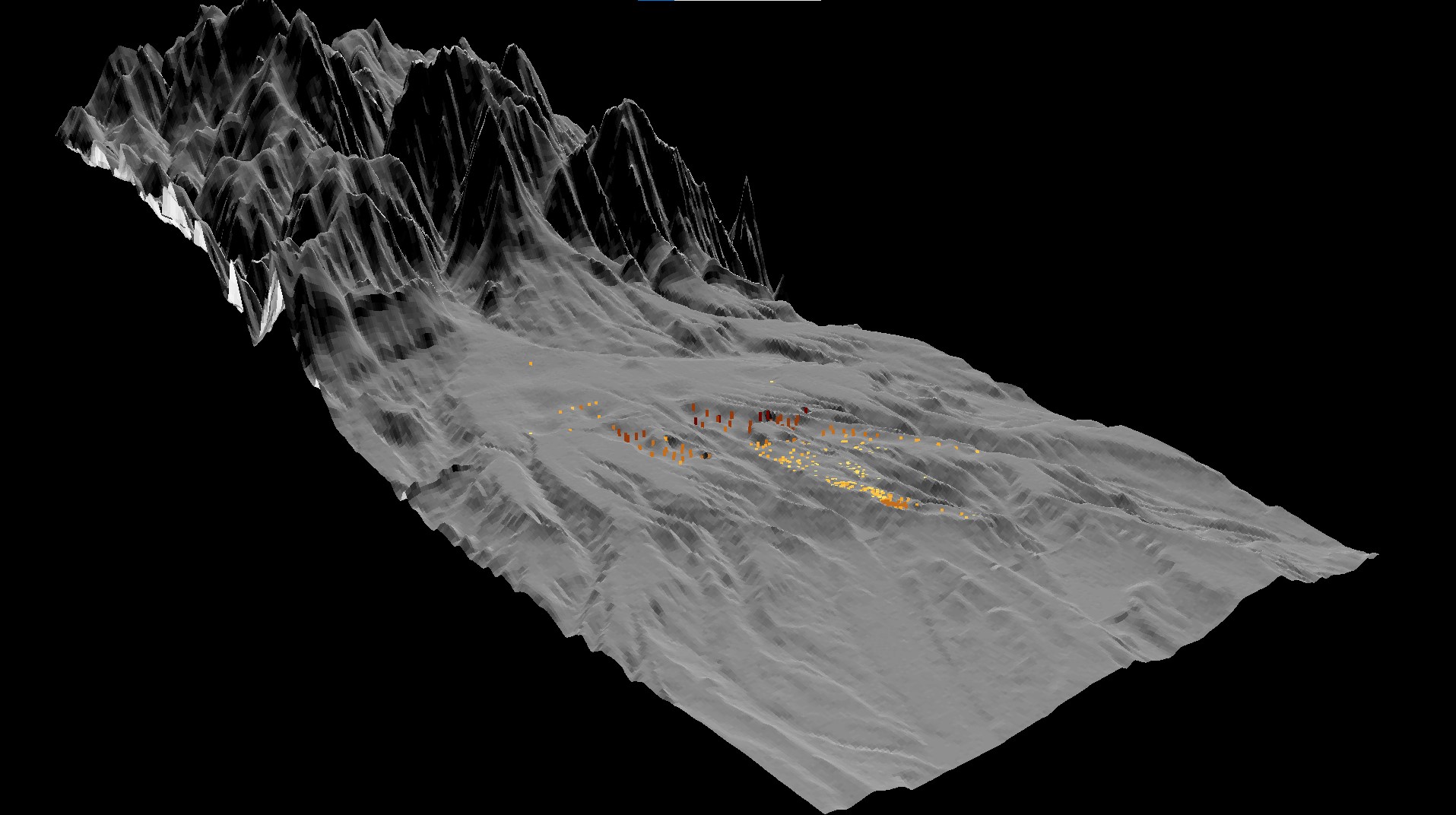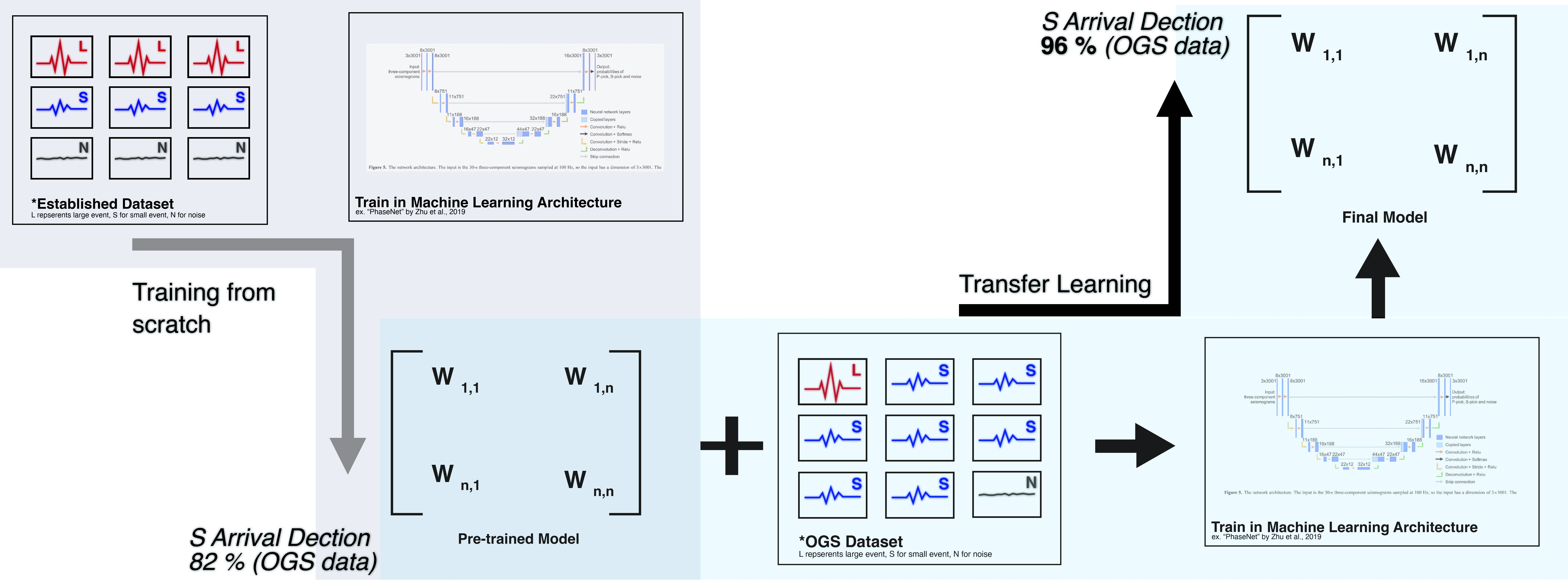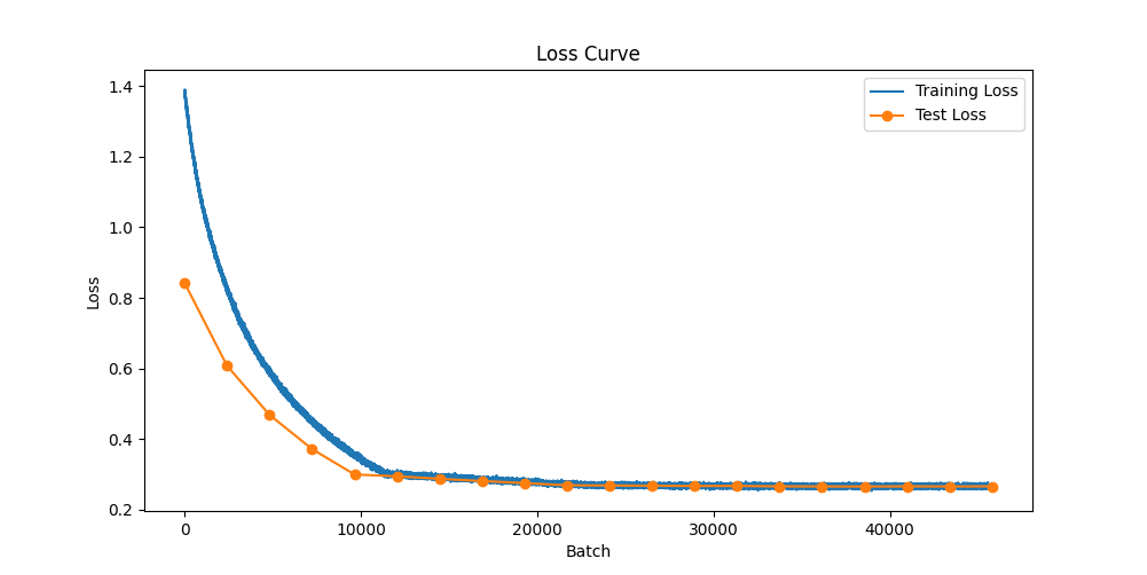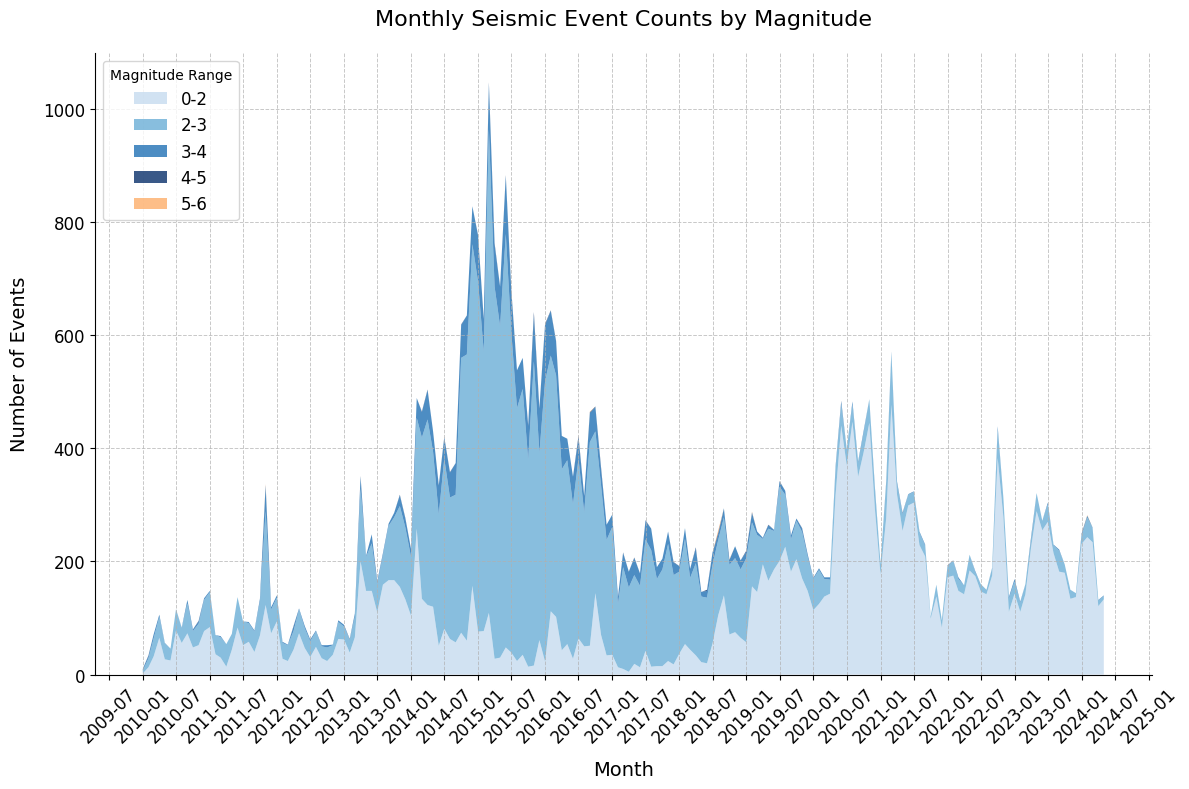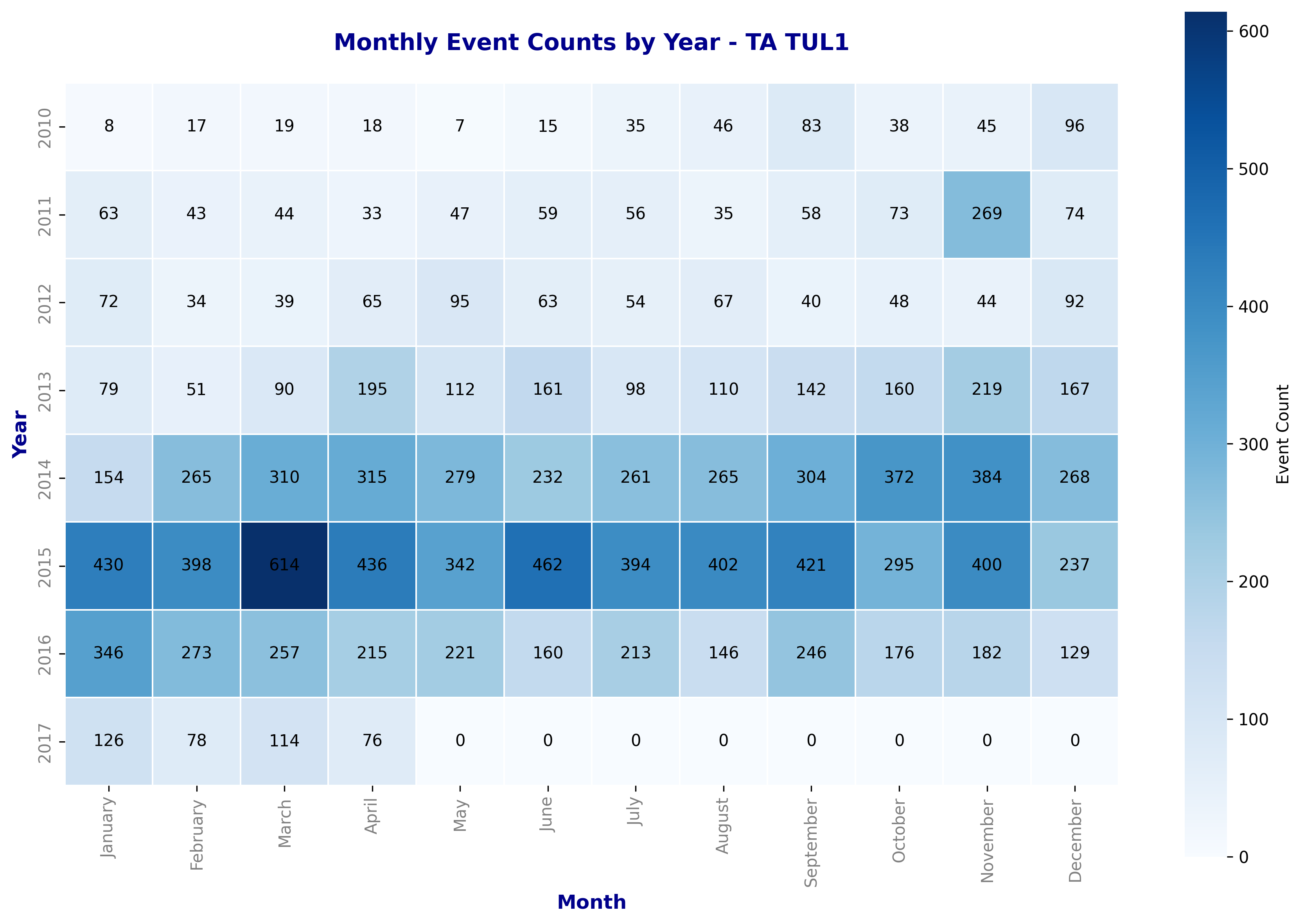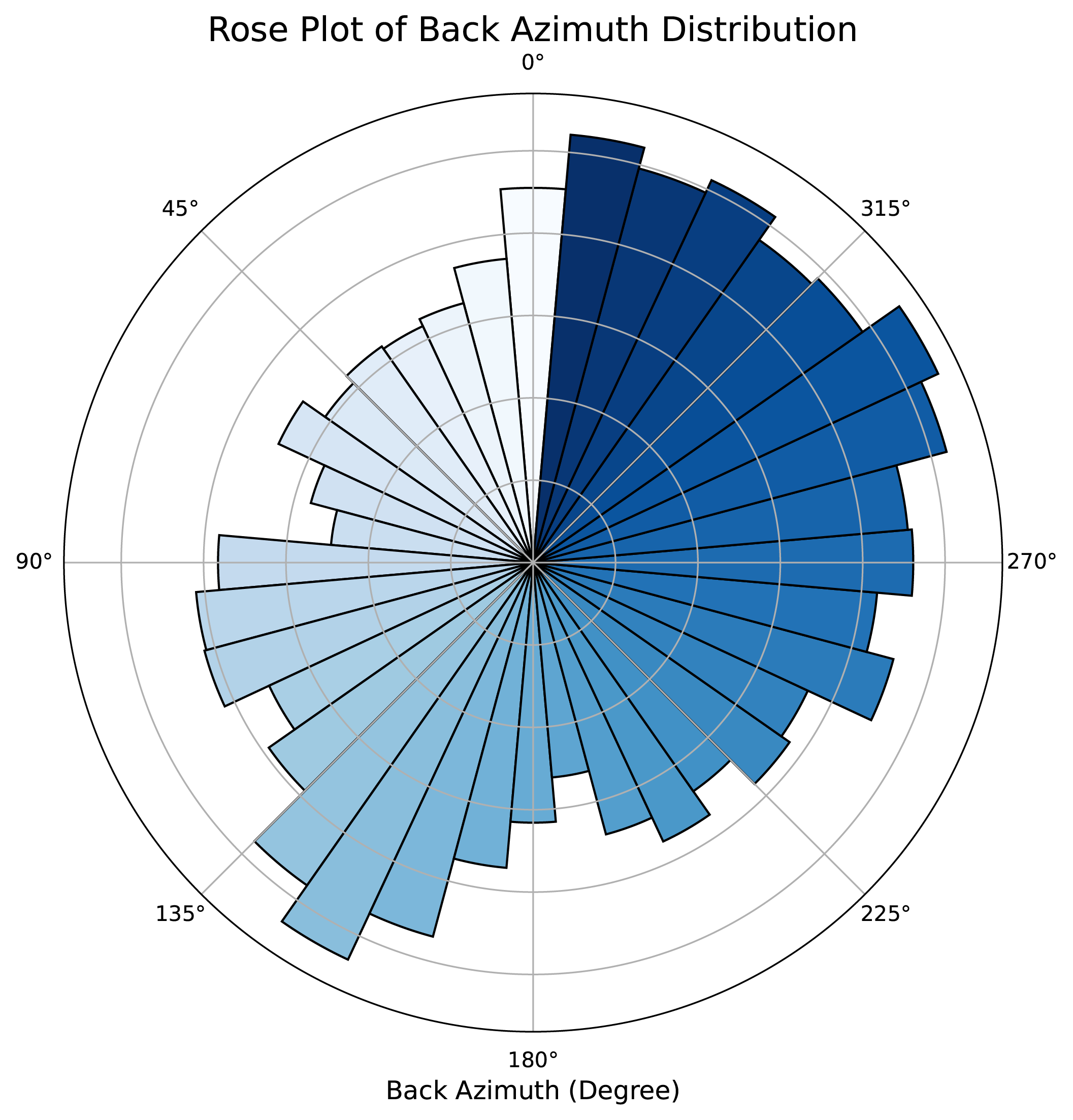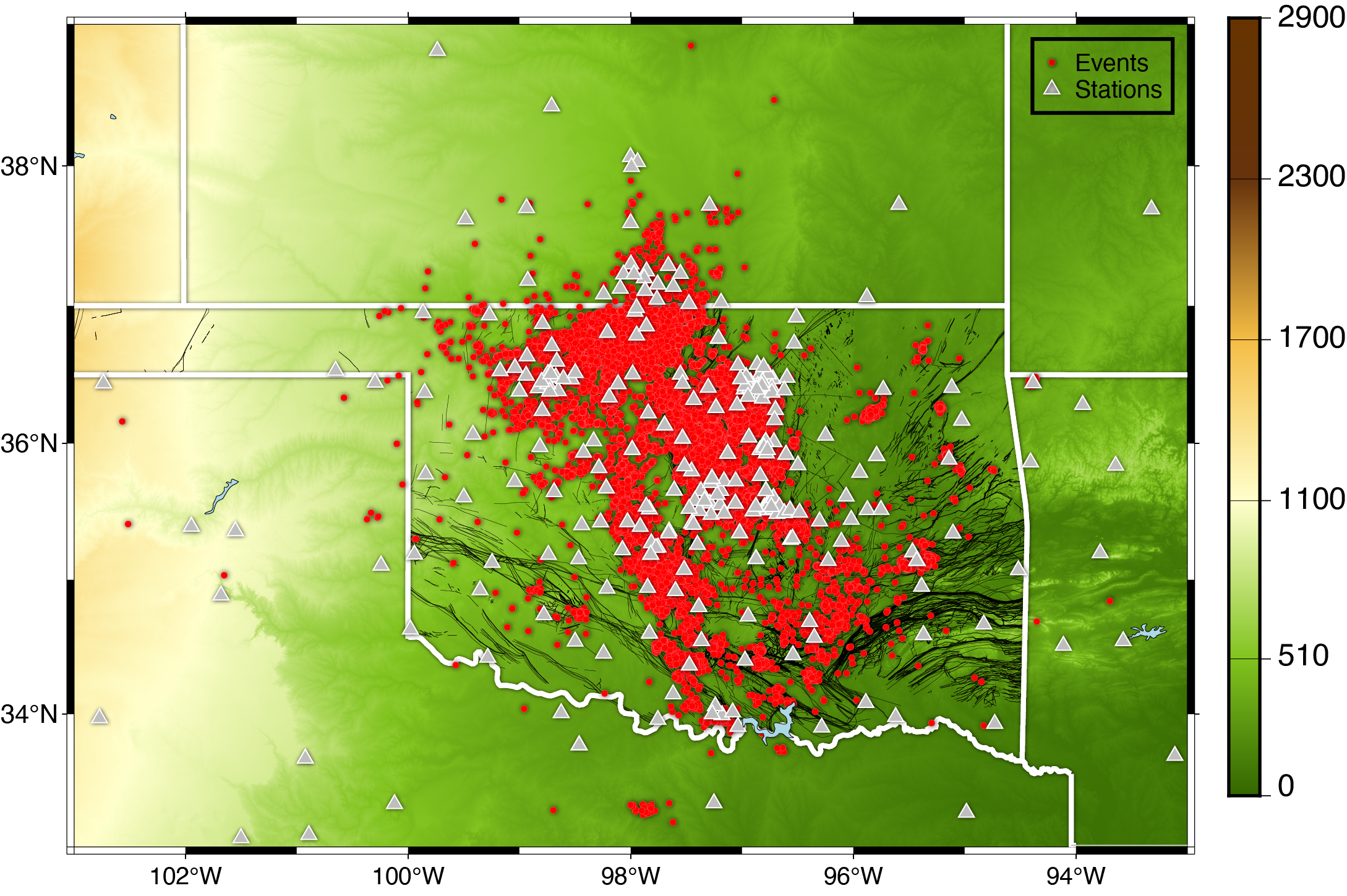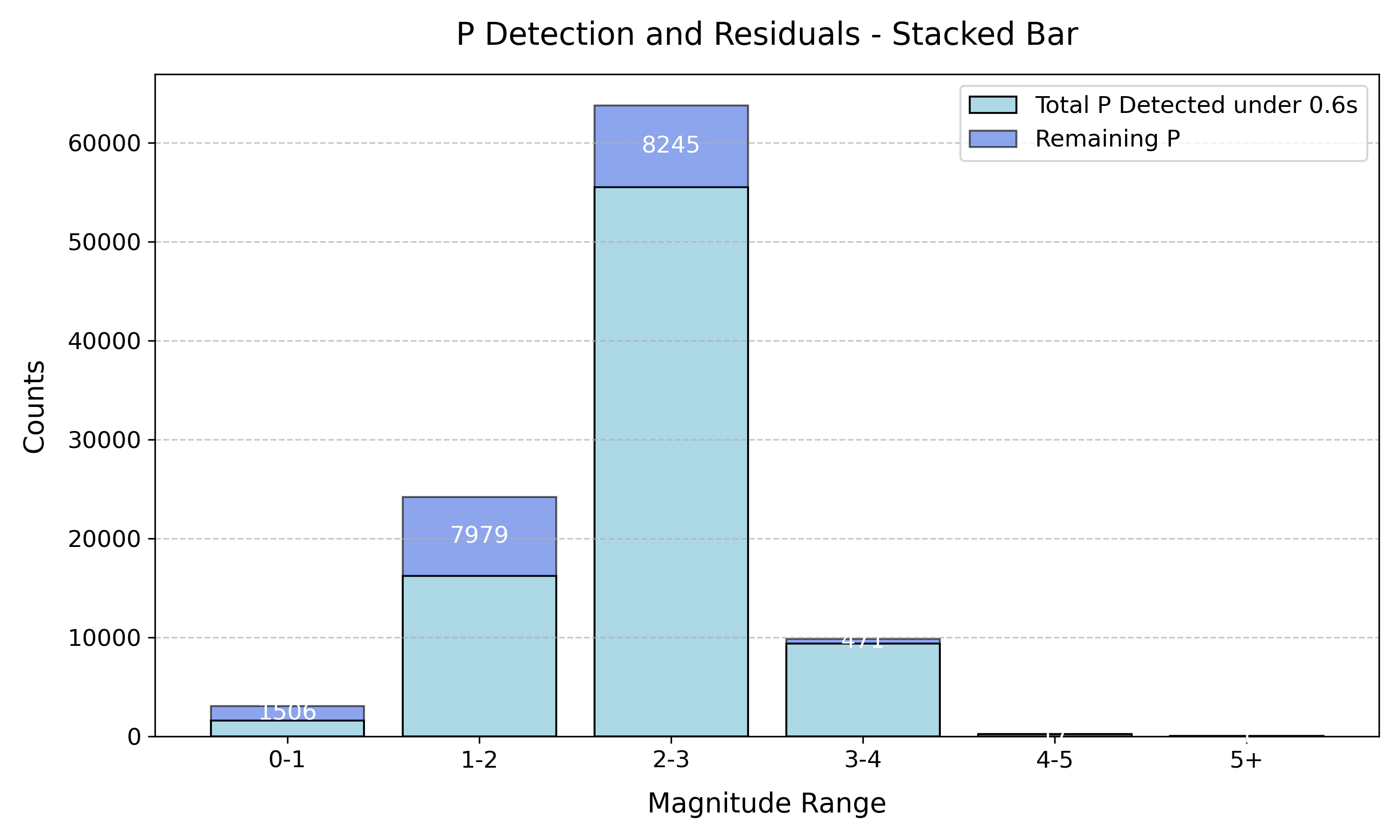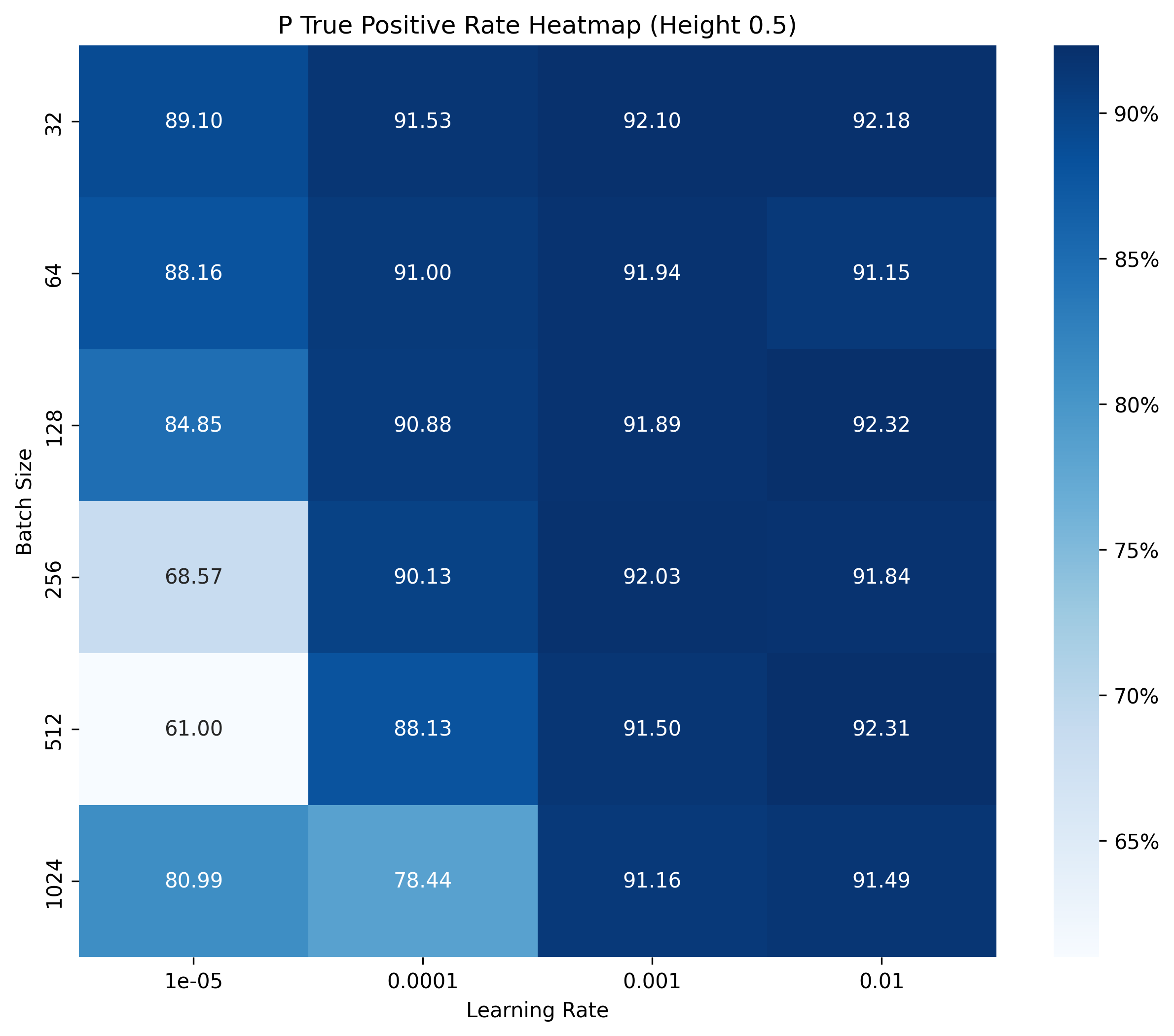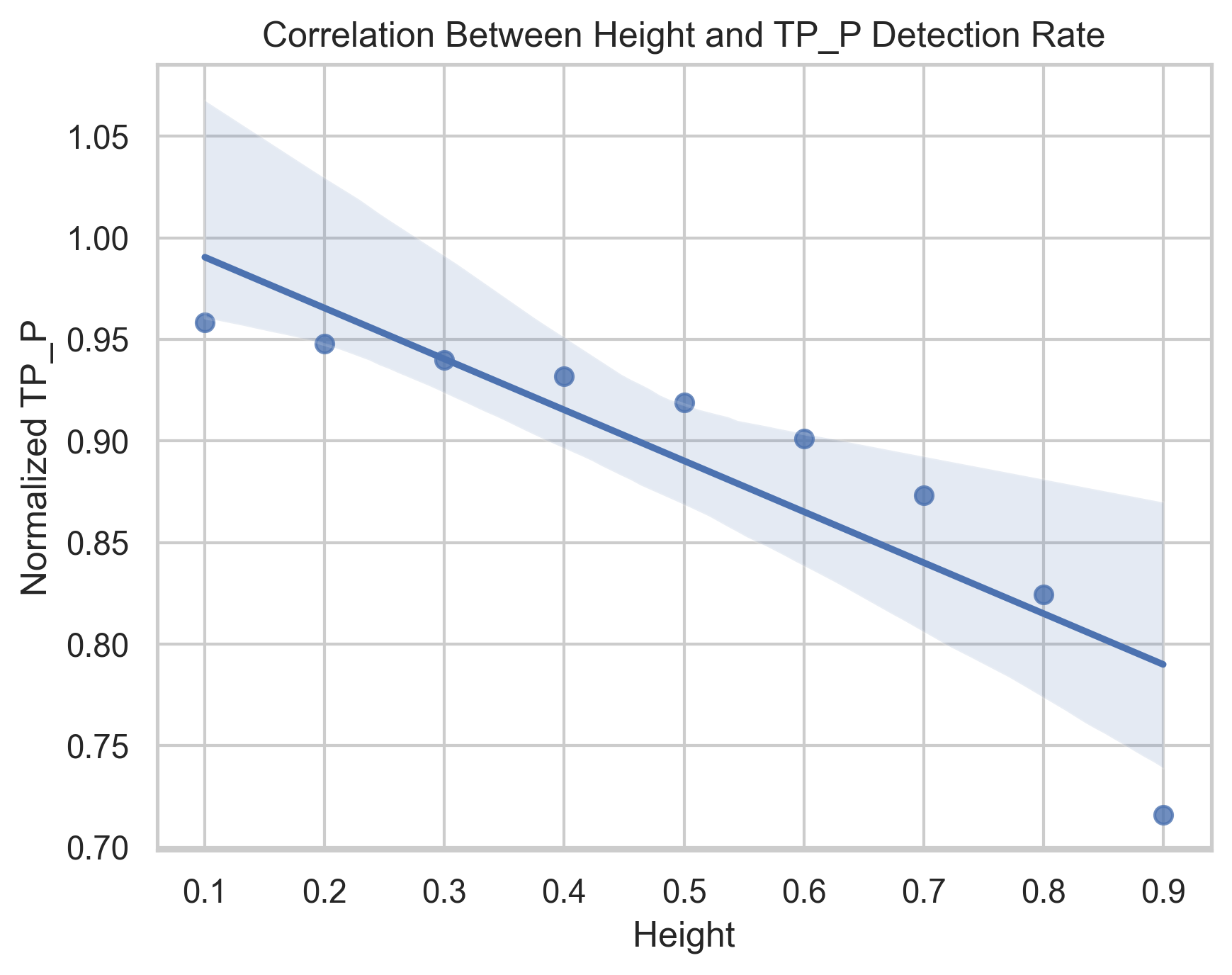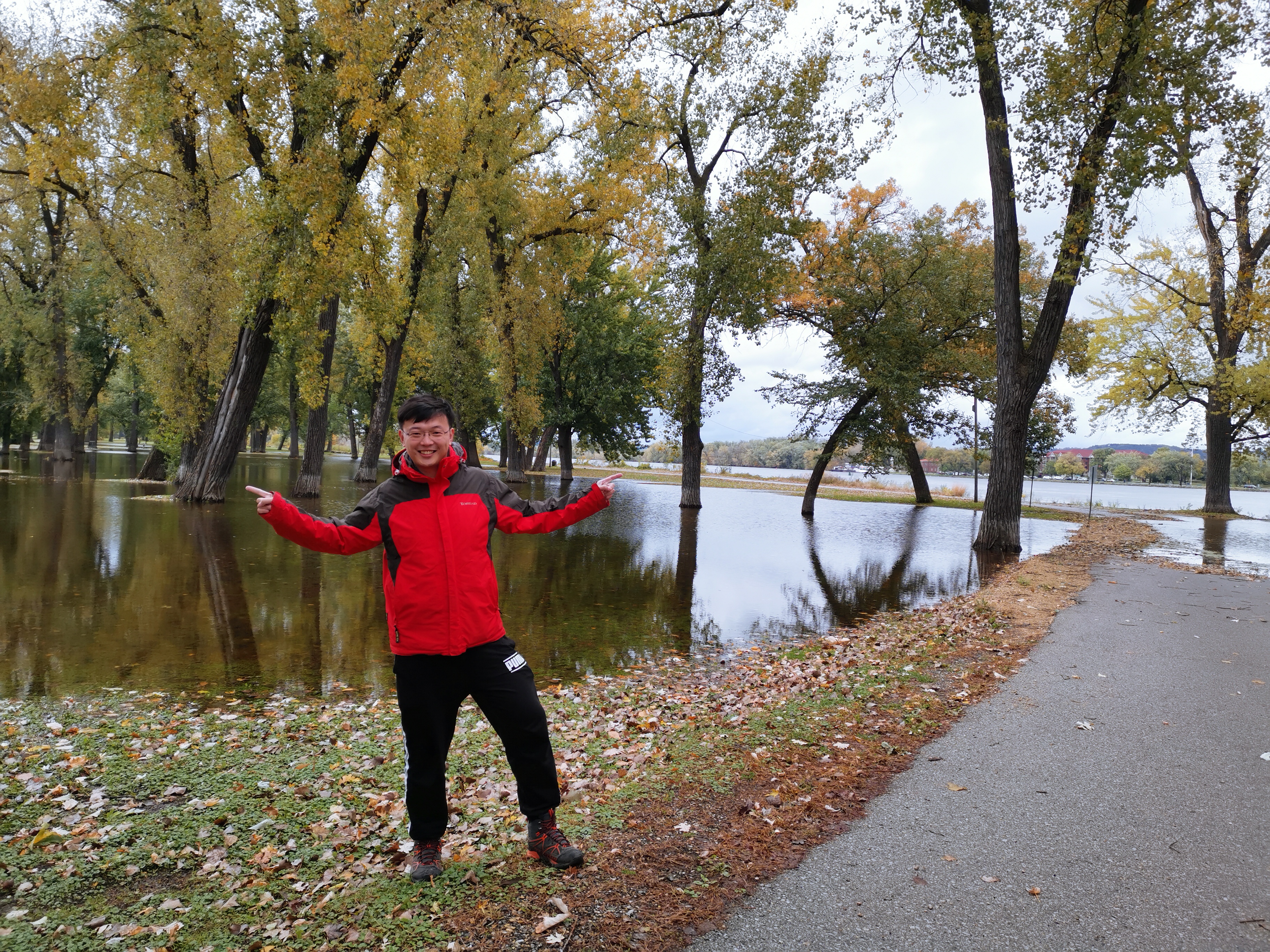Hello! I’m Hongyu Xiao, a Ph.D. in Seismology and Tectonics from the University of Illinois at Urbana-Champaign.
My research focuses on uncovering the hidden crustal variations of the Midcontinent (Midwest) region in the United States. These studies contribute to understanding tectonic activity and assessing seismic hazards. I specialize in leveraging advanced seismological techniques to analyze the North American Craton and its implications for cratonic evolution in the Midwest.
Currently, I’m a Research Associate at the University of Oklahoma, where I focus my research on induced seismicity and carbon storage management, and developing strategies for geological carbon sequestration. My research interest includes subsurface analysis and applying seismological methods to ensure the safety and efficiency of carbon capture and storage (CCS) projects.
Beyond academia, I enjoy gardening, exploring outdoor adventures, and enjoying food. From savoring seafood delicacies to embarking on city hikes, I believe in balancing work and life by embracing nature and new flavors. Curious? Learn more about my journey!
